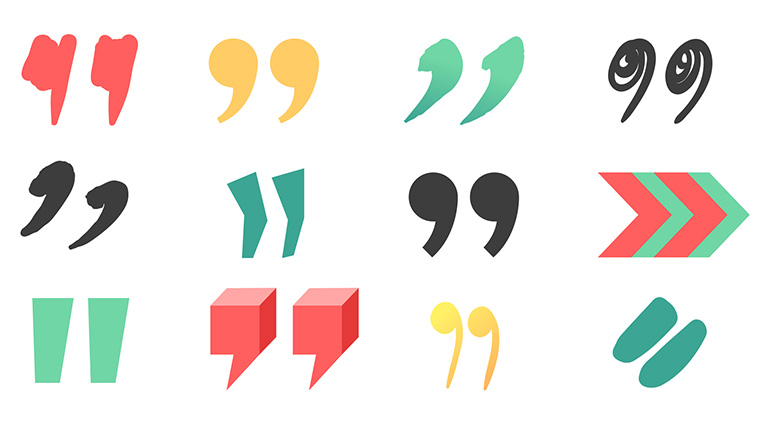28th June 2007

The latest pieces of speech analytics kit don’t simply allow you to look at individual words or topics to interpret the meaning of calls, but can now gauge things like silence, stress and tempo. Jeff Gallino takes time out to reveal what that could mean for your call centre.
Companies contemplating an investment in speech analytics would be wise to heed the old adage of ‘buyer beware’.
Speech analytics technology has advanced so rapidly in recent years that there’s a real risk of buying in to a solution that, by current standards, does too little or costs too much, or both.
But by spending some time brushing up on how speech analytics has evolved in recent years, you can make an informed decision that will deliver the greatest benefit at the best cost for as long as possible.
To make an informed decision, you need to know about three things: the solutions that are still out there that are no longer up to the task; the next generation technology that’s providing the highest possible level of effectiveness and cost-efficiency; and the requirements that are driving future developments in this evolving field.
“make an informed decision that will deliver the greatest benefit at the best cost for as long as possible”
This is knowledge that will lead you to a speech analytics solution that delivers on the promise of increased call centre efficiency, better agent performance, and more effective sales and marketing efforts.
With that in mind, let’s look at the evolution of speech analytics and what it can tell you to help you make the best buying decision for your organisation.
Stage 1: When words are no longer enough
Speech analytics was originally developed as a way to automate and speed up the otherwise tedious manual process of call monitoring.
The earliest solutions involved word spotting, which involves searching for specific words in calls to try to identify relevant content. The problem with word spotting is that it tells you nothing of significance other than that a particular word appeared.
Say you’re operating an airline call centre: If you just search for the word ‘reservation’, you have no way of knowing whether a caller wanted to make a reservation, or complain about a lost reservation, or simply wanted to find out if a flight is going to arrive in time to keep a dinner reservation.
Despite the obvious shortcomings, several companies still use word spotting to monitor calls. Others have evolved beyond it to an approach called ‘topic identification’, which attempts to categorise calls by searching for phrases that signify a particular topic.
This is something of an improvement, but it still doesn’t give you the context you need to accurately interpret the content of calls. And, like word spotting, it relies on searching for particular words and phrases, so you find only what you are looking for, and never uncover unexpected content that might be meaningful.
Both techniques are also limited in that they involve monitoring only a small sampling of calls, since monitoring all calls would be cost-prohibitive.
Stage 2: The emergence of the next generation
Today, speech analytics has evolved to make it possible to accurately interpret the meaning of calls by going beyond words and topics to capture variables such as tempo, silence and stress. In this way, next generation solutions incorporate the acoustical attributes of speech and the emotional content of calls to provide richer, more comprehensive material for interpretation.
Next generation speech analytics also uses advanced call processing technology to bring in metadata, such as information from customer relationship management (CRM) and other systems, to further complete the picture.
Finally, next generation technology makes it possible to process more calls more quickly (without additional hardware investment), so that it’s no longer necessary to settle for a small sampling.
All of these advances allow us to determine – for the first time – exactly why customers are calling, how agents are responding and what is happening as a result: information that organisations can apply to business improvement.
For example, one communications company used next generation speech analytics to uncover a billing problem that was beginning to generate angry calls from customers – calls that agents were poorly equipped to handle since they weren’t aware of the issue.
With the information gleaned through speech analytics, the company was able to fix the underlying technical problem before it could affect more customers. The company was also able to train agents in a timely way on how to respond to calls about the problem, reducing the potential for impact on overall customer satisfaction.
Stage 3: The real story behind real time

Once you have a basic understanding of how speech analytics has progressed to this point, you can begin to make intelligent assessments of the solutions that are available to you and the capabilities they offer.
The next step is to look at what’s to come. In that light, perhaps the most talked-about development today is real-time speech analytics.
Real-time seems like the next logical frontier for speech analytics. After all, what could be better than being able to automatically detect customer dissatisfaction, for example, at the very moment that it occurs, and then have a supervisor respond on the spot?
However, I think that if you stop to consider all the implications of real-time speech analytics, you have to concede that it may not be such a good idea. For one thing, supervisors stepping in upon receiving an alert has the potential for the opposite effect of what’s intended; the interruption eliminates all possibility of a good outcome without intercession, and the associated disruption could be annoying enough to actually make a bad situation worse.
But an even greater problem with real-time approaches is that they do nothing to track what’s going on over time and identify trends that require a response. You may be able to step in and soothe an angry customer, but you won’t be able to see over time why customers are getting angry in the first place and make decisions about how to solve the problem.
In my view, using real-time analytics as a tool for customer satisfaction is rather like constantly swatting at flies instead of finding out where they’re coming from and eradicating them in one fell swoop.
Putting it all together
So what does the evolution of speech analytics have to teach you about how to use speech analytics solutions to your best advantage? I think the main lessons to take away are:
Follow these simple guidelines, and I believe you’ll make a decision about speech analytics for the call centre that you will be satisfied with both now and in the long-term.

Jeff Gallino is CEO and co-founder of technology firm CallMiner
Tel: +1 239 689 6463
Website: www.callminer.com